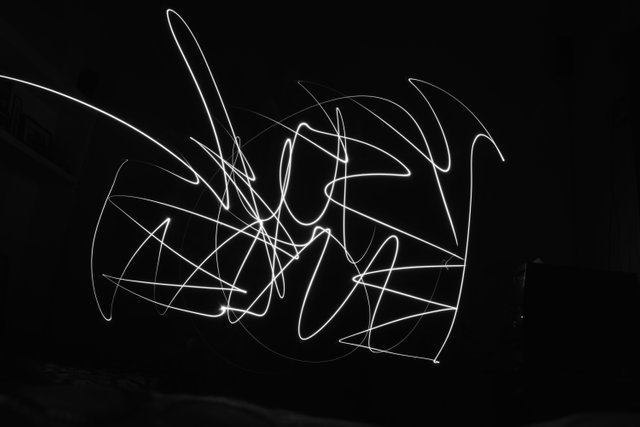Flashing
Long-exposure, time-exposure, or slow-shutter photography involves using a long-duration shutter speed to sharply capture the stationary elements of images while blurring, smearing, or obscuring the moving elements. Long-exposure photography captures one element that conventional photography does not: an extended period of time.
The paths of bright moving objects become clearly visible. Clouds form broad bands, vehicle lights draw bright streaks, stars leave trails in the sky, and water waves appear smooth. Only bright objects leave visible trails, whereas dark objects usually disappear. Boats in long exposures disappear during daytime, but draw bright trails from their lights at night.
Whereas there is no fixed definition of what constitutes "long", the intent is to create a photo that somehow shows the effect of passing time, be it smoother waters or light trails. A 30-minute photo of a static object and surrounding cannot be distinguished from a short exposure, hence, the inclusion of motion is the main factor to add intrigue to long exposure photos. Images with exposure times of several minutes also tend to make moving people or dark objects disappear (because they are in any one spot for only a fraction of the exposure time), often adding a serene and otherworldly appearance to long exposure photos.
When a scene includes both stationary and moving subjects (for example, a fixed street and moving cars or a camera within a car showing a fixed dashboard and moving scenery), a slow shutter speed can cause interesting effects, such as light trails.
Long exposures are easiest to accomplish in low-light conditions, but can be done in brighter light using neutral density filters or specially designed cameras. When using a dense neutral density filter your camera's auto focus will not be able to function. It is best to compose and focus without the filter. Then once you are happy with the composition, switch to manual focus and put the neutral density filter back on.
Light painting
In this technique, a scene is kept very dark and the photographer or an assistant takes a light source—it can be small penlight—and moves it about in patterns. The light source can be turned off between strokes. Often, stationary objects in the scene are illuminated by briefly turning on studio lights, by one or more flashes from a strobe light, or by increasing the aperture.
Details
Location- Meerut
Camera- Nikon D5300
Lens- 18-140mm


